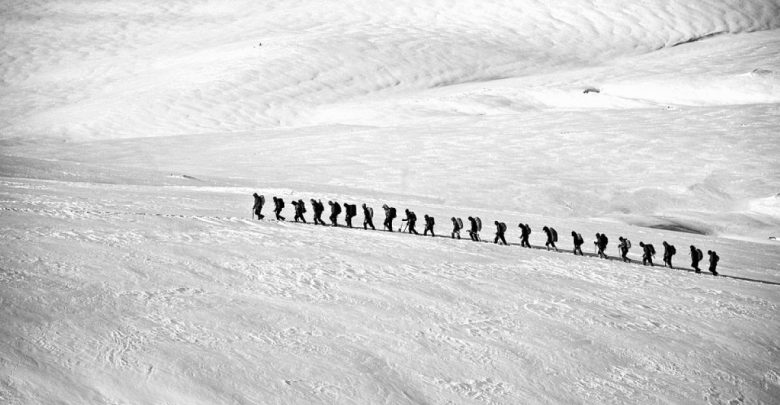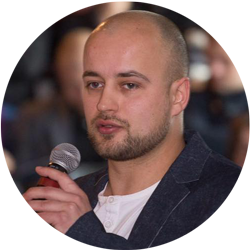Roles and attitude of the group leader group-wise
While working with youth groups we often find ourselves in different situations, in which we did not plan to end up. Anything can happen: we are often surprised, confused, happy, sometimes we get scared and we even don’t want to name the whole lot (since there is so much), of feelings and emotions, which we face in our work. The important thing is that every situation while working with groups is a valuable source for our learning, but it is necessary to place yourself in a standpoint which will provoke the most learning of the group. (Gailius et al. 2013, p. 48-49)

Why did I choose this tool? This is a very short and simple theory to become more aware of how you are positioning yourself in a group and the educational interventions that you are choosing in the training programme. Some of them may come intuitively while it is important to maintain awareness and targeted choices. When combined with Tuckman’s Group development theory (forming, storming, norming, performing, adjourning), it gives a better understanding of what kind of support or challenges the group needs at the time.
How does this apply to being a trainer? Training is not about ‘teaching and giving a lesson to people in the way that seems right to us’, but rather being able to provoke and maintain independent learning of others. Attitude is the key to the appropriate behaviour of a group leader or a trainer. The leader’s approach towards the group has to be versatile and range from close contact to deliberate confrontation. The attitude and the role of the group leader depends directly on educative purposes, group situation, context of educative event, leader’s personal qualities, etc. (Gailius et al. 2013, p. 48-49)
Main content:
Depending on the aforementioned factors we often ‘juggle’ these approaches and roles, therefore being together with the group can mean:
- Developing relationships with the group members at the personal level;
- taking care of feelings of safety and confidence inside the group (maintaining the emotional climate in the group);
- understanding group members and their relationships;
- seeking common ground with the group;
- focusing on positive qualities of group members;
- consulting and supporting group members;
- communicating in a non-formal manner, aiming at a playful atmosphere;
- learning from one another together with a group (to grow together).
Neutral relation with the group can mean:
- maintaining a work atmosphere;
- setting landmarks and guidelines;
- preparing and structuring work and organizing time;
- leading the group and taking decisions together;
- offering methods;
- preparing material and tools;
- authentically providing capabilities, expectations and experience;
- initiating events, actions and teaching according to a personal example.
Distance group-wise can mean:
- interaction with the group on a cognitive level;
- maintaining your leader’s position;
- bringing new aspects into group discussions;
- giving feedback;
- raising questions, training the ability to listen and think independently;
- being a reflection of the group;
- deliberately confronting the group;
- opening conflict;
- being able to compete for ‘power’ in the group;
- analysing group processes, being able to give a clear picture of the analysis to the group;
- reconstructing personal boundaries (in preparation for the group’s disintegration). (Gailius et al. 2013, p. 48-49)
Reflection questions:
- Check the group dynamics tool developed by Donatas “Knowledge of group processes” and consider which attitude (approach) of the group leader / trainer is best suited for each stage
- From your experience as a learner, which of the leaders’ approaches works best for you?
- Which of the approaches / attitudes in the group do you feel most comfortable with?
- How do you choose which of the approaches to use?
Exercises:
How to apply it in everyday life:
- While working with a group keep a journal on your relationship towards / role in the group. Write down your educational choices, how do you feel with this group of learners and what makes you choose one or another approach?
Closing:
It is important for the group leader to be conscious of her/his role and realize what and why she/he is doing. The leader is responsible for the whole process, especially when the group transfers from one stage to another. He/she also has to try to give increasingly more responsibility to group members, in order for them to achieve their independence and be empowered to act. (Gailius et al. 2013, p. 48-49)






